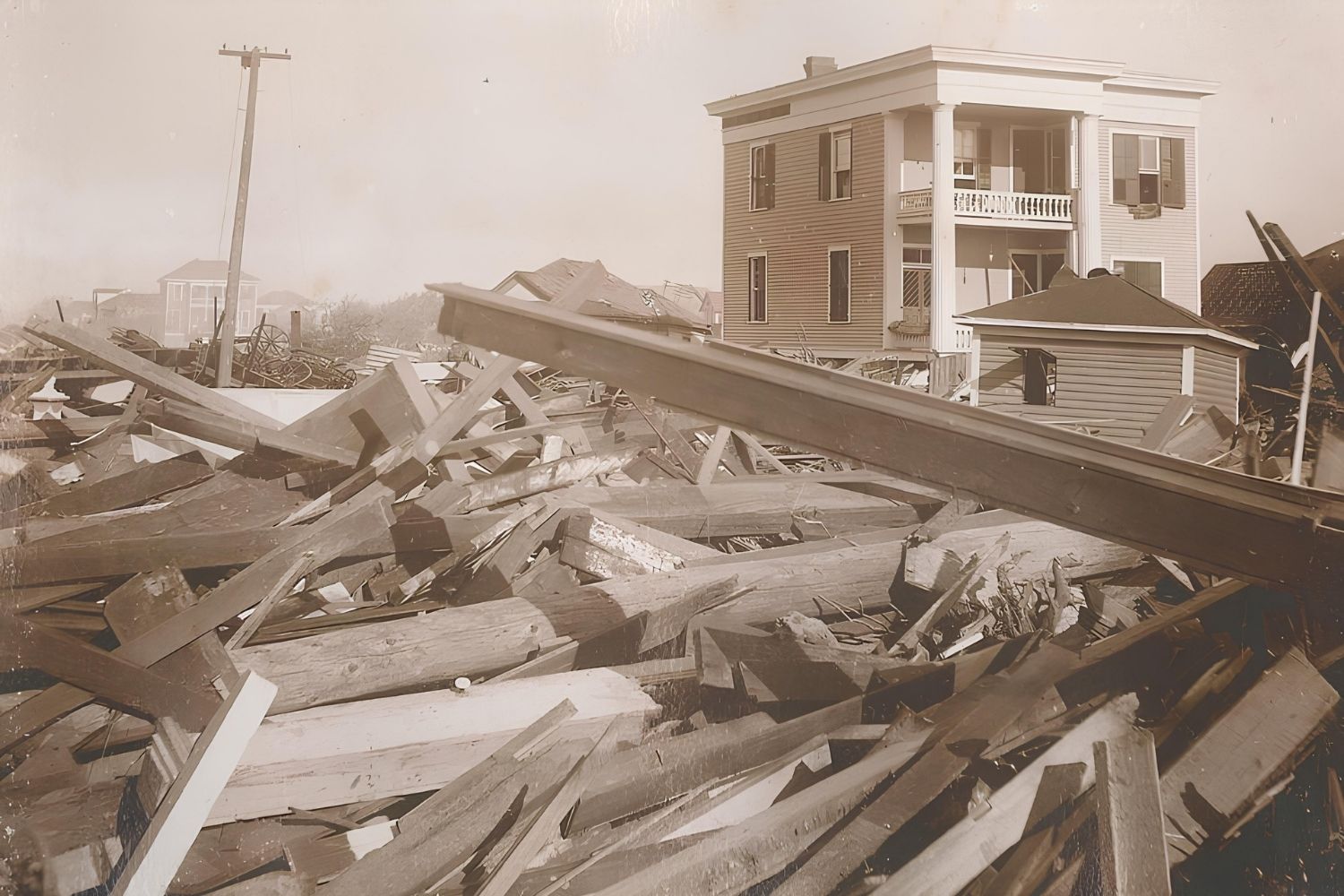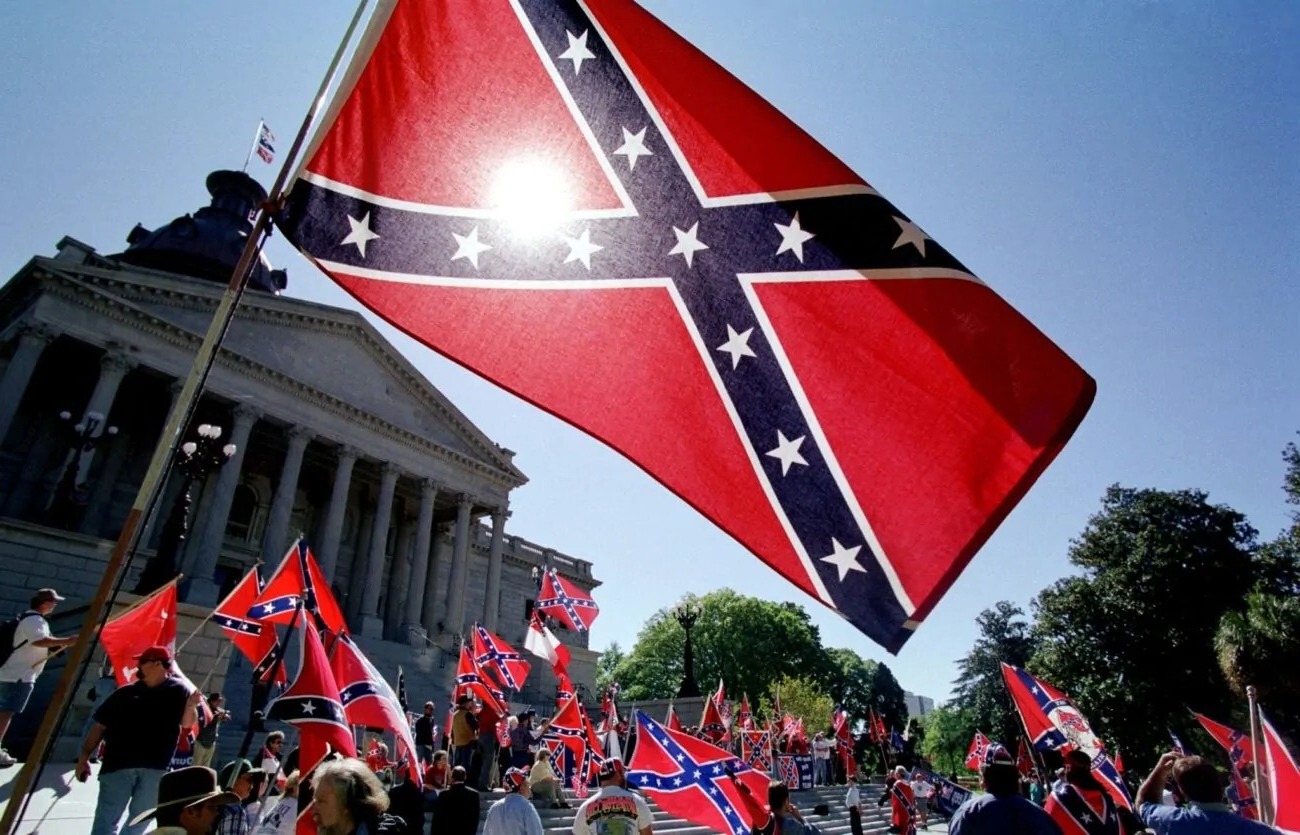
What caused the Galveston Hurricane of 1900? The Galveston Hurricane of 1900, also known as the Great Galveston Hurricane, was triggered by a powerful tropical cyclone that formed in the Atlantic Ocean. This storm intensified as it moved westward, fueled by warm ocean waters and favorable atmospheric conditions. By the time it reached the Texas coast, it had transformed into a Category 4 hurricane. The lack of advanced meteorological tools and communication systems in 1900 meant that residents had little warning of the impending disaster. This catastrophic event remains the deadliest natural disaster in U.S. history, claiming thousands of lives and leaving a lasting impact on Galveston.
Key Takeaways:
- The Galveston Hurricane of 1900 was the deadliest natural disaster in U.S. history, leading to significant changes in infrastructure, disaster preparedness, and the economy of Galveston.
- The resilience and heroism of Galveston's residents, along with the lessons learned from the hurricane, continue to shape the city's future and influence modern disaster preparedness strategies.
The Deadliest Natural Disaster in U.S. History
The Galveston Hurricane of 1900 remains the deadliest natural disaster in United States history. This catastrophic event reshaped the city and left a lasting impact on the nation.
- The hurricane struck Galveston, Texas, on September 8, 1900.
- Estimated death toll ranges from 6,000 to 12,000 people.
- Winds reached speeds of up to 140 miles per hour.
- The storm surge was over 15 feet high, inundating the island.
- Approximately 3,600 buildings were destroyed.
The Aftermath and Recovery
In the wake of the hurricane, Galveston faced immense challenges. The city had to rebuild from the ground up, leading to significant changes in infrastructure and disaster preparedness.
- The total property damage was estimated at $30 million (equivalent to about $1 billion today).
- A seawall was constructed to protect the city from future storms.
- The entire island was raised by as much as 17 feet in some areas.
- Clara Barton, founder of the American Red Cross, led relief efforts.
- The hurricane prompted advancements in meteorology and early warning systems.
Personal Stories and Heroism
Amid the devastation, numerous tales of heroism and survival emerged. These stories highlight the resilience and bravery of Galveston's residents.
- Isaac Cline, a meteorologist, tried to warn residents about the impending storm.
- The Ursuline Sisters saved many children by moving them to the second floor of their convent.
- A train engineer named Joseph Cline (Isaac's brother) saved lives by moving his train to higher ground.
- Many residents took refuge in the Tremont Hotel, one of the few buildings that withstood the storm.
- Survivors described the eerie calm before the storm hit, followed by the deafening roar of the wind.
The Impact on Galveston's Economy
The hurricane had a profound effect on Galveston's economy. Once a booming port city, Galveston had to adapt to new economic realities.
- The Port of Galveston was one of the busiest in the U.S. before the hurricane.
- Houston's port gained prominence as Galveston's declined.
- Many businesses relocated to Houston, contributing to its growth.
- Tourism became a significant part of Galveston's economy post-recovery.
- The city invested heavily in infrastructure to prevent future disasters.
Lessons Learned and Legacy
The Galveston Hurricane of 1900 left a lasting legacy. The lessons learned from this disaster have influenced modern disaster preparedness and response strategies.
- The hurricane underscored the importance of early warning systems.
- It led to the establishment of the National Weather Service's hurricane warning network.
- The event highlighted the need for better building codes and construction practices.
- Galveston's seawall, completed in 1963, remains a critical defense against hurricanes.
- The disaster is a case study in emergency management and urban planning.
Cultural and Historical Significance
The Galveston Hurricane has become a significant part of American history and culture. Its story is told through various mediums, ensuring that the memory of the event endures.
- Numerous books and documentaries have been produced about the hurricane.
- The event is commemorated annually in Galveston.
- The Bryan Museum in Galveston houses artifacts and exhibits related to the hurricane.
- The disaster inspired the 1937 novel "Isaac's Storm" by Erik Larson.
- The hurricane is a key topic in Texas history education.
Modern-Day Galveston
Today, Galveston is a vibrant city that has rebuilt and thrived despite its tragic past. The resilience of its people and the lessons learned from the hurricane continue to shape its future.
- Galveston is a popular tourist destination with beaches, historic sites, and cultural attractions.
- The city hosts the annual Galveston Island Beach Revue, celebrating its history and culture.
- Galveston's population has grown to over 50,000 residents.
- The city has invested in modern infrastructure to protect against future storms.
- Galveston remains a testament to human resilience and the ability to rebuild after disaster.
Reflecting on the Galveston Hurricane
The Galveston Hurricane of 1900 stands as a stark reminder of nature's power. With winds reaching 145 mph, it remains the deadliest natural disaster in U.S. history, claiming over 6,000 lives. The storm surge, rising to 15 feet, devastated the island, leaving a lasting impact on its infrastructure and community. Despite the tragedy, Galveston rebuilt, showcasing human resilience. The event led to significant advancements in meteorology and disaster preparedness, shaping how we respond to hurricanes today. Remembering this catastrophe helps us appreciate the importance of early warnings and robust infrastructure. The Galveston Hurricane's legacy is a testament to both the destructive force of nature and the enduring spirit of those who face it head-on.
Frequently Asked Questions
Was this page helpful?
Our commitment to delivering trustworthy and engaging content is at the heart of what we do. Each fact on our site is contributed by real users like you, bringing a wealth of diverse insights and information. To ensure the highest standards of accuracy and reliability, our dedicated editors meticulously review each submission. This process guarantees that the facts we share are not only fascinating but also credible. Trust in our commitment to quality and authenticity as you explore and learn with us.


